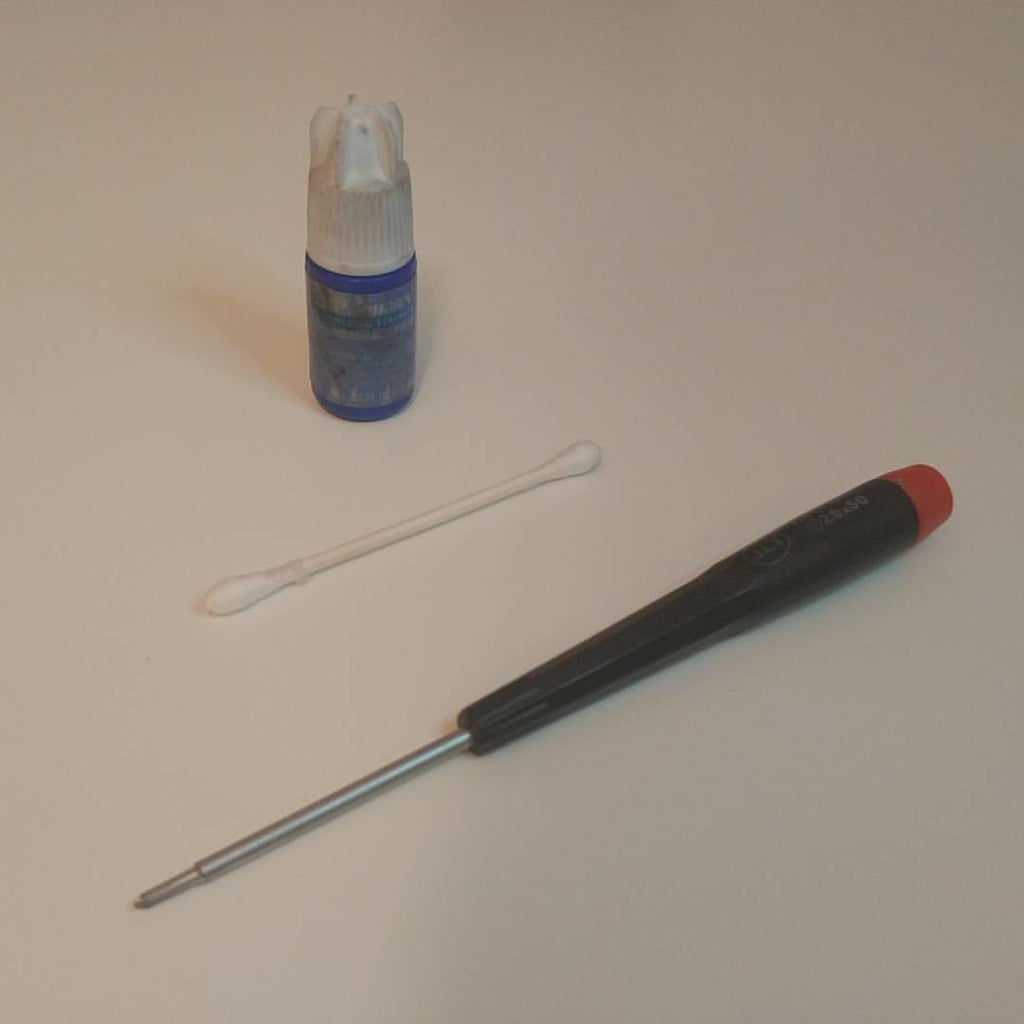Exploring the Inner Workings: Unveiling the Complexities of Ear Structure
Last Updated on 3rd May 2024 by Admin
The human ear is an incredible organ responsible for our ability to hear and maintain balance. It is a complex structure that consists of several interconnected parts, each playing a crucial role in the overall functionality. In this article, we will delve into the intricate details of the ear structure, uncovering its mysteries, and gaining a deeper understanding of how it all works together.
Anatomy of the Ear
The ear can be divided into three main sections: the outer ear, middle ear, and inner ear. Let’s explore each section and its components in detail.
1. Outer Ear
The outer ear is the visible part of the ear that collects sound waves and channels them into the ear canal. It consists of the following parts:
- Pinna: Also known as the auricle, the pinna is the external, cartilage-covered structure that helps to collect and direct sound waves.
The pinna plays a crucial role in sound localization. Its unique shape and structure allow it to capture sound waves from various directions and funnel them into the ear canal. The convolutions and ridges of the pinna enhance our ability to determine the source and direction of sound. Without the pinna, our ability to perceive the location of sounds would be significantly impaired.
- Ear Canal: The ear canal is a narrow passage that connects the pinna to the eardrum. It helps to amplify and transmit sound waves further into the ear.
The ear canal, also known as the external auditory canal, serves as a pathway for sound waves to travel from the pinna to the eardrum. Its shape and length contribute to the amplification of sound, enhancing our ability to hear faint sounds. The ear canal is lined with ceruminous glands, which produce earwax to protect the delicate structures of the ear from dust, debris, and infections.
2. Middle Ear
The middle ear is an air-filled chamber located between the eardrum and the inner ear. It contains three tiny interconnected bones, known as the ossicles, which play a vital role in conducting sound. The components of the middle ear include:
- Eardrum (Tympanic Membrane): The eardrum is a thin, cone-shaped membrane that separates the outer and middle ear. It vibrates in response to sound waves, transmitting them to the ossicles.
The eardrum serves as a barrier between the outer and middle ear, converting sound energy into mechanical vibrations. When sound waves reach the eardrum, they cause it to vibrate. These vibrations are then transmitted to the ossicles, amplifying the sound and preparing it for further processing in the inner ear.
- Ossicles: Consisting of three bones – the malleus (hammer), incus (anvil), and stapes (stirrup) – the ossicles amplify and transmit sound vibrations from the eardrum to the inner ear.
The ossicles are the smallest bones in the human body, yet they play a crucial role in the transmission of sound. As the eardrum vibrates, it sets the ossicles into motion. The malleus, incus, and stapes work together as a mechanical lever system, amplifying the sound vibrations and transferring them from the eardrum to the inner ear. This amplification is necessary because the sound waves lose energy as they travel from the air-filled outer ear to the fluid-filled inner ear.
- Eustachian Tube: The eustachian tube connects the middle ear to the back of the throat. It helps regulate air pressure, equalizing it with the external environment. This is crucial for maintaining optimal ear function.
The eustachian tube serves as a pressure equalization mechanism, ensuring that the air pressure in the middle ear matches the atmospheric pressure. It opens and closes during activities such as swallowing, yawning, or chewing, allowing air to enter or exit the middle ear. This equalization of pressure is essential for maintaining optimal hearing and preventing discomfort or damage to the eardrum and other middle ear structures.
3. Inner Ear
The inner ear is the deepest part of the ear and is responsible for converting sound vibrations into electrical signals that can be interpreted by the brain. It consists of the following structures:
- Cochlea: Shaped like a snail shell, the cochlea is a spiral-shaped, fluid-filled structure that converts sound waves into electrical signals. It contains thousands of tiny hair cells that are vital for hearing.
The cochlea is the main sensory organ of hearing. When sound vibrations transmitted by the ossicles reach the cochlea, they cause fluid inside the cochlea to move. This movement stimulates the hair cells lining the cochlear walls. The hair cells convert the mechanical vibrations into electrical signals, which are then transmitted to the brain for interpretation.
- Vestibular System: The vestibular system is responsible for maintaining balance and spatial orientation. It comprises three semicircular canals and the vestibule, which contain fluid and sensory hair cells that detect head movement.
The vestibular system is essential for our sense of balance and coordination. The semicircular canals detect rotational movements of the head, while the vestibule detects linear acceleration and changes in head position. The fluid inside these structures moves in response to head movements, stimulating the hair cells. The information collected by the vestibular system is sent to the brain, allowing us to maintain our equilibrium and navigate our surroundings effectively.
- Auditory Nerve: The auditory nerve carries electrical signals generated in the cochlea to the brain, where they are interpreted as sound.
The auditory nerve, also known as the cochlear nerve, connects the cochlea to the brain. It carries the electrical signals generated by the hair cells in the cochlea to the brainstem and further to the auditory cortex in the brain. In the auditory cortex, the electrical signals are processed and interpreted, allowing us to perceive and understand the sounds we hear.
How the Ear Works
Now that we have covered the anatomy of the ear, let’s explore how it all comes together to enable us to hear and maintain balance.
- Sound Transmission: Sound waves enter the outer ear and travel through the ear canal, reaching the eardrum. The eardrum vibrates in response to the sound waves, causing the ossicles in the middle ear to amplify and transmit these vibrations to the inner ear.
When sound waves enter the outer ear, they are funneled into the ear canal by the pinna. The sound waves then travel through the ear canal and reach the eardrum. The eardrum vibrates in response to the sound waves, converting them into mechanical vibrations. These vibrations are then transferred to the ossicles in the middle ear.
The ossicles amplify the sound vibrations and transmit them to the inner ear. The malleus, incus, and stapes work together as a mechanical lever system to increase the force of the vibrations, compensating for the energy loss that occurs as sound waves travel from the air-filled outer ear to the fluid-filled inner ear. Through this process, the sound waves are prepared for further processing in the inner ear.
- Cochlear Function: As the sound vibrations reach the cochlea, they cause the fluid inside to move, stimulating the hair cells located on the cochlear walls. These hair cells convert the mechanical vibrations into electrical signals.
When the amplified sound vibrations reach the cochlea, they cause the fluid inside the cochlea to move. This movement stimulates the thousands of hair cells lining the cochlear walls. The hair cells have tiny hair-like projections called stereocilia, which bend in response to the fluid movement. This bending generates electrical signals, which are then transmitted to the auditory nerve for further processing.
The cochlea is divided into three fluid-filled compartments, each responding to different frequencies of sound. The basilar membrane, a flexible membrane that runs along the length of the cochlea, plays a crucial role in separating and analyzing different frequencies. As the fluid movement varies along the length of the cochlea, specific hair cells are stimulated, allowing us to perceive different pitches of sound.
- Auditory Signal Processing: The electrical signals generated by the hair cells are then transmitted through the auditory nerve to the brainstem and further to the auditory cortex in the brain. Here, the sound signals are processed and interpreted, allowing us to perceive and understand the sounds we hear.
After the hair cells convert the mechanical vibrations into electrical signals, these signals are transmitted through the auditory nerve to the brainstem. In the brainstem, the signals undergo further processing, allowing us to distinguish between different sounds and perceive their characteristics, such as volume, pitch, and location.
From the brainstem, the processed signals are sent to the auditory cortex in the brain, where they are interpreted and integrated with our previous auditory experiences. This enables us to recognize and understand the sounds we hear. The auditory cortex also plays a role in filtering out background noise and focusing on specific sounds of interest.
- Balance Maintenance: The vestibular system plays a crucial role in maintaining balance and spatial orientation. The semicircular canals detect rotational movement, while the vestibule detects linear acceleration. The information collected by the vestibular system is sent to the brain, which helps us maintain our equilibrium.
Apart from hearing, our ears are also responsible for maintaining our sense of balance. The vestibular system, located in the inner ear, plays a vital role in this process. The semicircular canals detect rotational movements of the head, such as turning or nodding, while the vestibule detects linear acceleration, such as walking or running.
Within the semicircular canals and vestibule, there are hair cells covered in a gel-like substance called the cupula. When the head moves, the fluid in these structures moves as well, causing the cupula and underlying hair cells to bend. This bending stimulates the hair cells, which send signals to the brain about the direction and speed of head movement.
The brain processes this information and sends appropriate signals to the muscles, allowing us to maintain our balance and adjust our posture accordingly. If there is a disruption in the functioning of the vestibular system, it can lead to balance disorders such as vertigo or dizziness.
Common Ear Problems
Despite its intricate design, the ear is susceptible to various conditions and disorders. Some common ear problems include:
- Ear Infections: Infections can occur in any part of the ear, leading to pain, fluid buildup, and sometimes hearing loss.
Ear infections, also known as otitis media, can affect the outer ear, middle ear, or inner ear. They are often caused by bacteria or viruses and can result in symptoms such as ear pain, fever, hearing loss, and fluid buildup. Ear infections are more common in children due to their shorter and more horizontal eustachian tubes, which can make it easier for bacteria or viruses to enter the middle ear.
- Tinnitus: Tinnitus refers to the perception of ringing or buzzing sounds in the ears, which can be temporary or chronic.
Tinnitus is a common condition characterized by the perception of sound in the absence of an external source. It can manifest as ringing, buzzing, hissing, or other similar sounds. Tinnitus can be caused by various factors, including exposure to loud noises, age-related hearing loss, earwax blockage, certain medications, and underlying health conditions. While there is no cure for tinnitus, management strategies such as sound therapy and relaxation techniques can help reduce its impact on daily life.
- Hearing Loss: Hearing loss can be caused by various factors, including age, noise exposure, infections, or genetic conditions.
Hearing loss refers to a partial or total inability to hear sounds. It can be temporary or permanent and can affect one or both ears. Age-related hearing loss, known as presbycusis, is a common condition that occurs as a result of natural aging processes. Noise-induced hearing loss is another prevalent form of hearing loss caused by prolonged exposure to loud sounds. Other factors, such as ear infections, genetic conditions, medications, and certain medical treatments, can also contribute to hearing loss. Treatment options for hearing loss include hearing aids, cochlear implants, and assistive listening devices.
- Vertigo: Vertigo is a sensation of dizziness or spinning, often caused by problems in the inner ear.
Vertigo is a symptom characterized by a spinning or whirling sensation. It can be accompanied by nausea, vomiting, and difficulty maintaining balance. Vertigo is commonly caused by disorders of the inner ear, such as benign paroxysmal positional vertigo (BPPV), Meniere’s disease, or vestibular neuritis. These conditions can disrupt the normal functioning of the vestibular system, leading to an imbalance in the signals sent to the brain. Treatment for vertigo depends on the underlying cause and may include medications, physical therapy exercises, or surgical interventions.
Conclusion
The human ear is an extraordinary organ that allows us to experience the world through sound. Its complex structure and interconnected parts work seamlessly to enable us to hear and maintain balance. Understanding the inner workings of the ear can help us appreciate its importance and take better care of it. So, let’s marvel at the intricacies of our ear structure and cherish the gift of hearing it provides.
FAQ
- What are the main sections of the ear?
The ear can be divided into three main sections: the outer ear, middle ear, and inner ear.
- What is the role of the pinna in the outer ear?
The pinna, also known as the auricle, helps to collect and direct sound waves, enhancing our ability to determine the source and direction of sound.
- What are the three bones in the middle ear called?
The three bones in the middle ear are called the malleus (hammer), incus (anvil), and stapes (stirrup).
- What is the function of the cochlea in the inner ear?
The cochlea is responsible for converting sound waves into electrical signals that can be interpreted by the brain.







